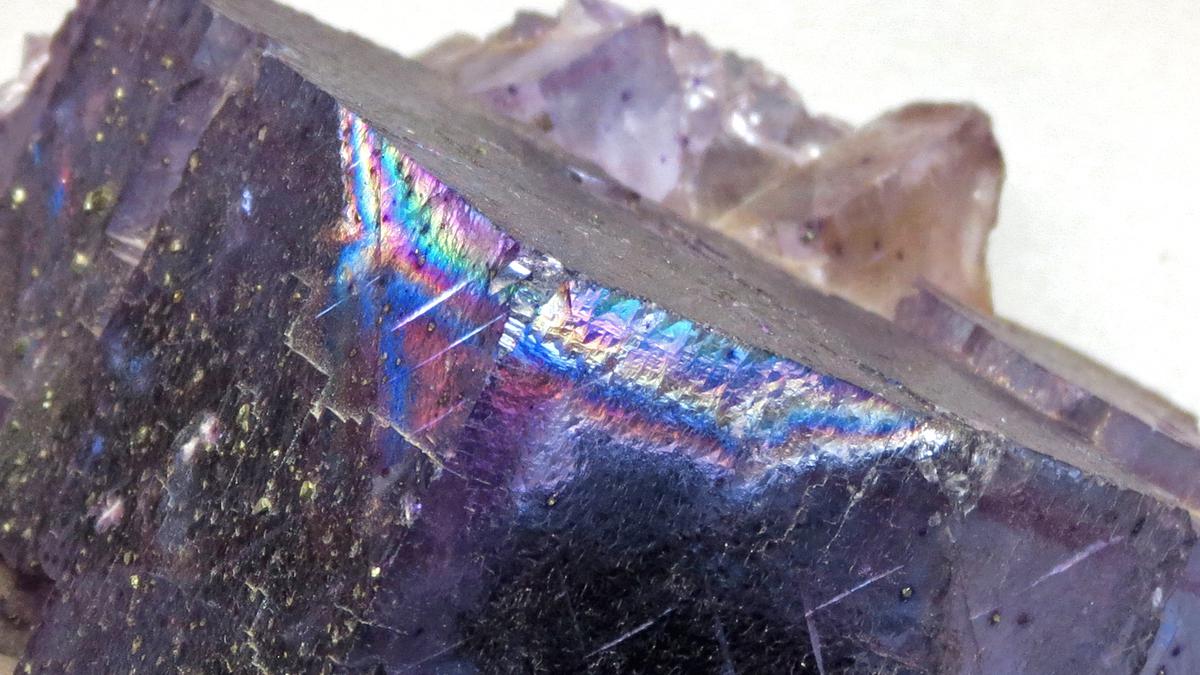
Chemistry breakthrough makes fluorochemicals production safer Premium
The Hindu
Scientists from the University of Oxford have come up with a new way to obtain fluorine atoms in a much safer and less energy-intensive way. Inspired by how the human body makes bones and teeth, the researchers ground fluorspar in a ball-mill with potassium phosphate, creating calcium phosphate and another compound with fluorine atoms, called Fluoromix., obviating the need for hydrogen fluoride.
Scientists from the University of Oxford have come up with a new way to obtain fluorine atoms, used to manufacture important chemical compounds used in industry and research, in a much safer and less energy-intensive way. Members of the scientific community have hailed the finding as a major breakthrough that could transform the synthesis of these compounds.
The work was published in Science on July 20, 2023
Fluorine is a highly reactive element used to make fluorochemicals, which in turn are used to produce plastics, agrochemicals, lithium-ion batteries, and drugs. Fluorine comes from a calcium salt called calcium fluoride, or fluorspar. Fluorspar is mined and then treated with sulphuric acid at a high temperature to release hydrogen fluoride (HF). HF is then made to react with other compounds to create fluorochemicals.
A major downside of this process is that HF is an extremely poisonous and corrosive liquid that irritates the eyes and respiratory tract even at low concentrations. It also requires special transportation and storage requirements. “Despite stringent safety regulations, HF spills have occurred numerous times in the last decades, sometimes with fatal accidents and detrimental environmental effects,” a university press release said.
To avoid HF and to make the extraction process require less energy, the researchers took inspiration from how the human body makes bones and teeth: through calcium phosphate biomineralisation. They ground fluorspar in a ball-mill with potassium phosphate. While fluorine is very reactive, calcium atoms prefer phosphorus even more, so the milling created calcium phosphate and another compound with fluorine atoms. They called the latter Fluoromix.
When Fluoromix was reacted with organic compounds, it could create around 50 fluorochemicals with up to 98% yield.
Calum Patel, a PhD student at the lab headed by Véronique Gouverneur, in the university’s Department of Chemistry, and a member of the study, told c&en that the research team took “almost a year … to sort of figure out on an atomic level” the composition of Fluoromix and its chemical properties.













